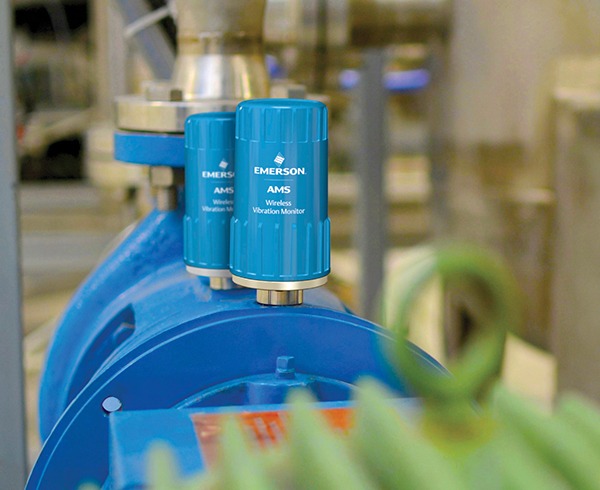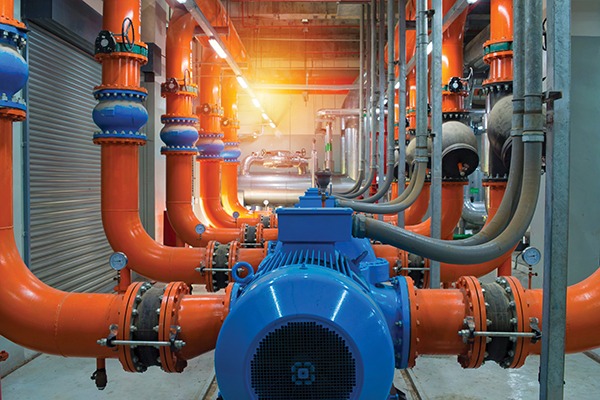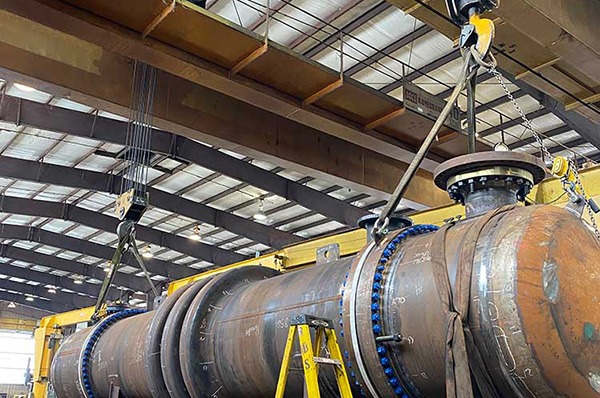Overcoming Your Challenges: Efficient Compressed Air Piping
EP Editorial Staff | December 19, 2013
 By
By
Getting your compressed air to flow where it needs to go requires a transmission system—a network of piping that connects your compressors to the end-uses. This piping system can have a big effect on the overall efficiency of your equipment. Around the 100 psi range, for every increase of two psi in compressor-discharge pressure caused by piping pressure differential, compressor power increases by 1%.
Piping is required in the compressor room to connect the compressors, dryers and filters together in a logical arrangement using wet and dry headers. In addition, a distribution header transmits the output of the compressed air room to general areas of the plant. Down-drop piping at the end-use connects the distribution header to the compressed air uses.
Generally, the desired maximum pressure differential measured between the discharge of the compressors and the furthest point in the distribution system should not exceed 10%. Since this calculation includes the air dryers and filters, where most of the system pressure differential normally occurs, that leaves only 2 to 5% for the piping distribution system. Based on years of experience, the Compressed Air Challenge has developed some recommended guidelines to achieve these levels:
Compressor-room headers…
Header sizing should be large enough so the air velocity in the pipes does not exceed 20 fps (feet per second) in velocity at expected peak flows. Entry points into the header should be at a 45-degree angle to prevent back-pressure. Use of T-connections and two flows in opposite directions should be avoided.
Distribution headers…
Piping from the outlet of the compressor room to end-use down-drops should be sized so the air velocity does not exceed 30 fps or, in cases of very long runs, sized large enough so the total pressure differential does not exceed the 2 to 5 % percent pressure differential mentioned above.
Distribution-header pressure differential can be greatly reduced by installing a loop system rather than radial feeds. Use of smooth-bore pipe—such as aluminum or copper—can reduce losses. Take care not to downsize because of this effect or benefits could be lost.
Down-drops…
The connections between the distribution header and various end-uses should be sized based on end-use flow characteristics and length of the drop. Installing standard-sized piping drops is not a good practice, as some end-uses requiring high flows for short durations may be starved for air pressure during such events.
At first glance these recommended pipe sizes may seem excessive compared to typical sizes. For example at 100 psi, using 2” pipe, the flow should not exceed 220 scfm to keep piping velocity under 20 fps, and no higher than 330 scfm to stay under 30 fps. The energy savings gained, however, can quickly pay for the larger piping size.
More information about compressed air piping issues can be found at the CAC Website (www.compressedairchallenge.org) or in our Best Practices for Compressed Air Systems Manual. While visiting the Website, check out CAC’s upcoming training schedule in our online calendar. MT
The Compressed Air Challenge® is a partner of the U.S. Department of Energy’s Industrial Technology programs. To learn more about its many offerings, log on to www.compressedairchallenge.org, or email: info@compressedairchallenge.org.












View Comments